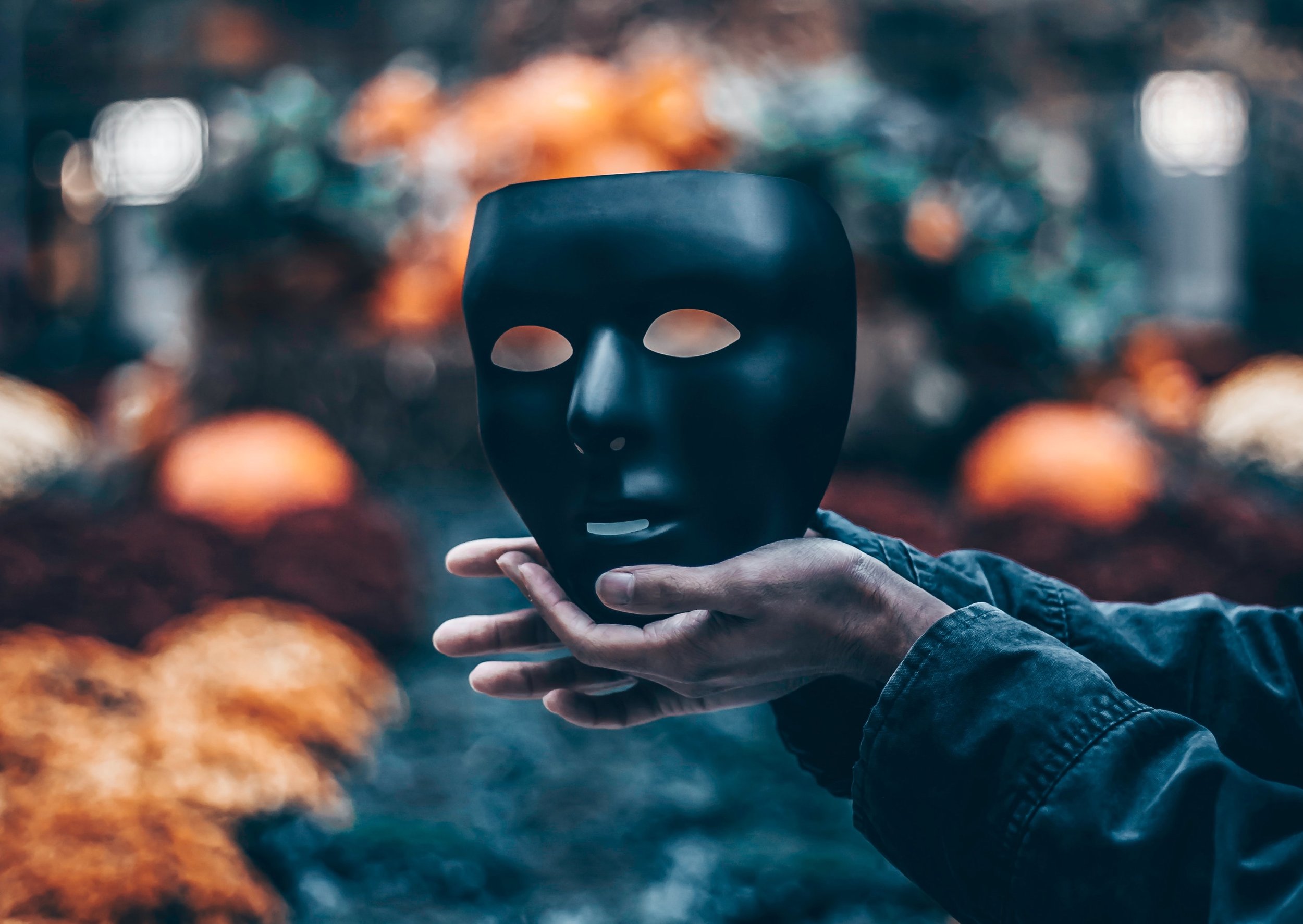The Art of Writing 2 - Your body in the width of your hands
The lesson this post refers to considers the mechanics of how we hold things .. particularly ourselves. You can click on any of the photos to find the recording.
We hold and are held by many things be they physical objects, people or ideas.
What would it feel like to be held by you? ..
If you were a pen or a phone or a guitar being held by you, would you be leaning in responsively to the touch ? or would you be sending out SOS signals because the grip was so tight?
Holding things with more effort than is required is a complication for so many skills. In terms of learning it’s an opportunity to progress. In terms of day to day life the unnecessary tensions in the hands and forearms are reflections of unnecessary tensions in the mind.
It’s the hold that the unnecessary tensions of the mind have that often shape the life we write.
Do we write our life? or does our life write us? or does our culture write us?
Well of course it’s a combination of all three but the more aware we become of those invisible things the more possibility there is of a life of our own design.
Touch had been in the news the week this lesson was done. You may have heard that the Nobel prize for medicine and Physiology was won by two American scientists who discovered a protein responsible for cells being able to sense pressure and tension. This is at the heart of body awareness and the sense of our body’s position in space. It’s called the Piezo 2 and you can see it below. It’s made up of 2,500 amino acids and weaves through the cell membrane 38 times. It’s like a divot on the cell membrane and it’s predicted that those 3 wings can pull apart to create a channel.
This is an article from the science journal Nature on their work from January 2020.
Sensing our position in space is one of the ways we hold ourselves. In the first lesson we saw how becoming more aware of the width of the hand and forearm enabled us to feel so settled and made it easier to use our hands and arms.
This lesson explores another range of movements for our amazing hands and how that can influence our ability to be present to what is actually happening as we move.
As you’ll see if you do this lesson, you can feel in your hands what is happening through the rest of your body if you think of the skin like the membrane of a cell. The skin on the tips and pads of your fingers are incredibly sensitive and the space within the joints can seem immense if you really slow things down.
On one level the art of writing is the art of appreciating where you are. That process is also central the way we explore movement.
In the original lesson of this series I suggested an optional exercise of writing each day. It was to think of three words and write them down, paying attention to the feeling of effort - The balance between the flexors and extensors of your hand and forearm. I asked you to consider three elements - how you do circular letters, long letters and how you move your hand across the page. This lesson explores channeling our experience into the action of writing.
Doing the tiniest of movements with your hands and the sense of space is vast .. It’s something that unfolds over time ..



